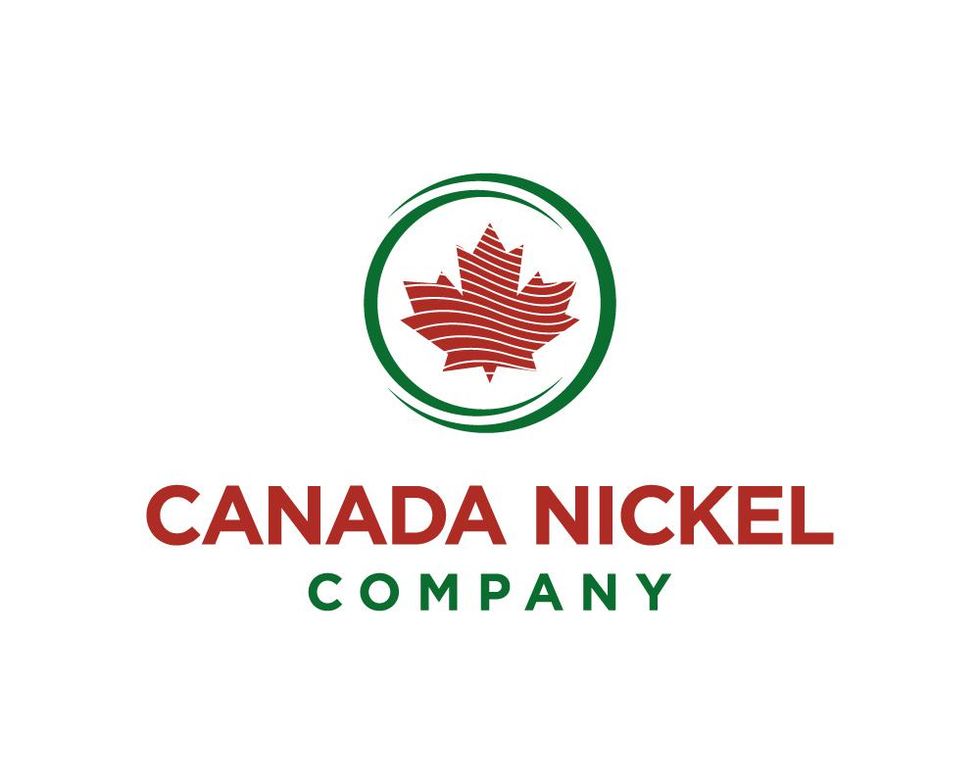The nickel market is set to record a 90,000 MT surplus in 2013. Here’s a look at what factors are at play in the situation and what needs to happen for that surplus to be reduced.
Nickel had a rough 2012, and so far it looks like 2013 will not be much better — that is, unless the market sees some key changes.
As 2012 drew to a close, The Australian noted that nickel was down 7.37 percent since the beginning of the year and was on track to win the dubious honor of being the year’s worst-performing base metal. The Wall Street Journal reported earlier this month that the metal ultimately fell 8.8 percent last year, making it the worst-performing metal out of the six base metals traded on the London Metal Exchange.
Since then, nickel has fallen another 12.7 percent since the start of 2013, bringing its price down to about $14,895 per metric ton (MT) at the beginning of May, according to The Wall Street Journal. While nickel prices have approached $15,000 more than once in the past year, that was the first time that they had gone below that level, Metal-Pages reported.
2013 surplus on the horizon
It’s no mystery as to why these price declines are taking place: too much supply and limited demand.
As Nickel Investing News reported last month, supply has been driven in part by the opening of new mines in recent years. One such mine is the $5.5-million Ambatovy project, based in Madagascar, which is owned by a joint venture consisting of Sherritt International (TSX:S), SNC Lavalin (TSX:SNC), Japan’s Sumitomo (TSE:8053) and Korea Resources; it put out its first nickel in October of last year.
New mines do not necessarily pose a problem on their own, but the fact that they have emerged in addition to older mines and not instead of them is an issue. On that note, Metal-Pages states that leading companies that own established mines have made only “limited” nickel production reductions and that these reductions “have tended to reflect technical problems rather than a decision to reduce output on cost grounds.”
On the demand side, production of nickel pig iron, a cheaper substitute for nickel, has ballooned in China, making nickel even less appealing. As Andrew Mitchell, an analyst at Wood Mackenzie told Bloomberg, “[d]emand is lackluster and very much a hand-to-mouth situation at the moment, at least from a stainless perspective.”
Increased use of stainless steel scrap in Europe is also negatively affecting demand, according to Bloomberg.
If left unchecked, these factors will push nickel to a 90,000-MT surplus this year, according to the International Nickel Study Group, not far off from last year’s surplus of 97,000 MT.
What needs to change?
While there is little to be done about low demand, experts agree that a reduction in nickel production is crucial. For instance, Metal-Pages notes that Chinese nickel pig iron producers are generally seen as “the high cost producers and therefore should act as the industry’s swing capacity” by cutting production when nickel prices get too low. As yet, that has not happened.
Nickel companies also need to reduce their production of the metal. As Richard Fu, director of Asian commodities trading at Newedge, told The Wall Street Journal, “[o]utput cuts would help the market find a bottom.” Alternatively, as The Australian put it back in December, “nickel needs project failures.”
That means cuts above and beyond those that have already occurred. The Wall Street Journal, for instance, notes that Glencore Xstrata (LSE:GLEN) plans to close its Australia-based Sinclair nickel mine, while Norilsk Nickel (MCX:GMKN) recently suspended production at its Lake Johnston mine, also in Australia. However, with companies like BHP Billiton (ASX:BHP,NYSE:BHP,LSE:BLT) seeing increased nickel output — the company produced 21 percent more of the metal in the first quarter of this year than it did in the previous quarter — more needs to be done.
If such reductions take place, nickel may stand a chance of avoiding a performance as disappointing as last year’s.
Securities Disclosure: I, Charlotte McLeod, hold no direct investment interest in any company mentioned in this article.
Related reading:





